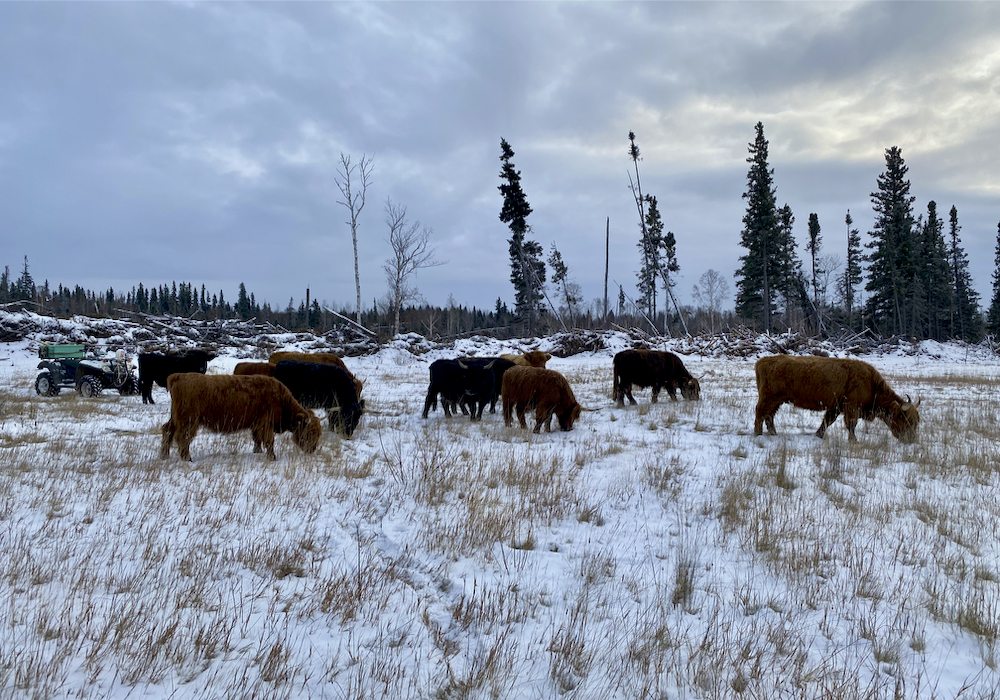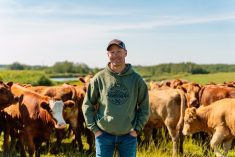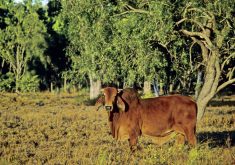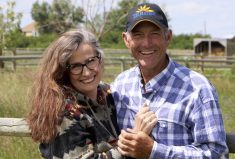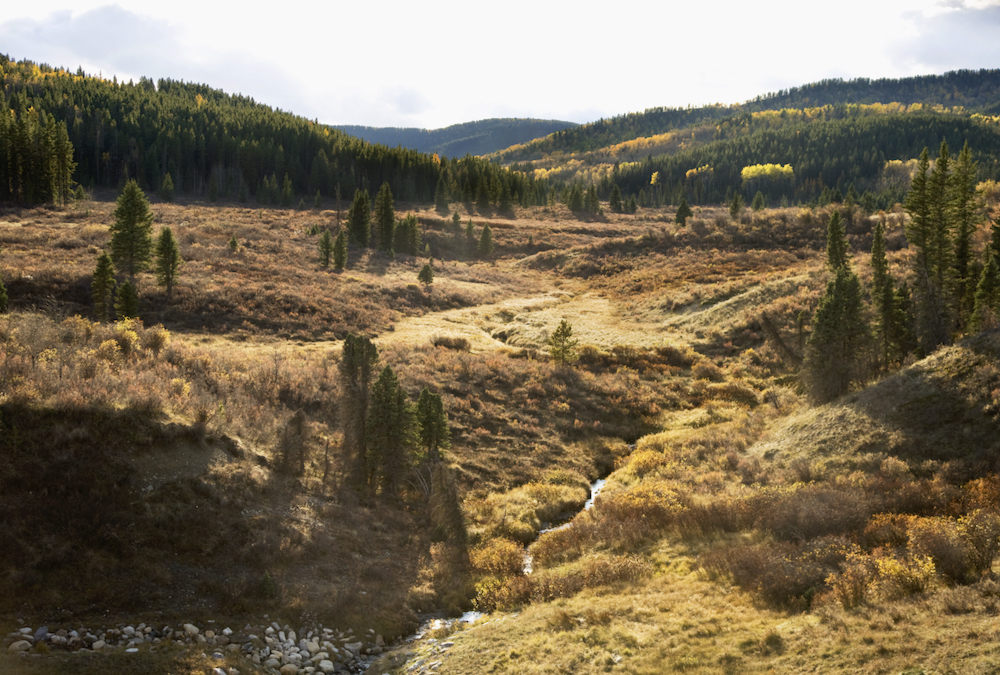If there is a cattle-related analogy for the “chicken-and-egg” scenario, it might be farming in Labrador, Canada. There isn’t a single abattoir because there has been no livestock to process. And also there has been no livestock, because there is no abattoir.
It’s something Darren Dinsmore, Labrador’s only beef farmer, hopes to change. Dinsmore, who grew up living and working on farms in Ontario, moved to Goose Bay with his wife Amanda in 2013. They bought a house with a farm property, and in addition to pastoring a local congregation, Dinsmore began to set up to raise cattle.
“When we started on this journey, we hoped to help address the food security issues in Labrador,” says Dinsmore. “There was nowhere to process livestock and it felt like a catch-22. Someone had to go first, so I decided it would be me.”

The Big Land
Read Also
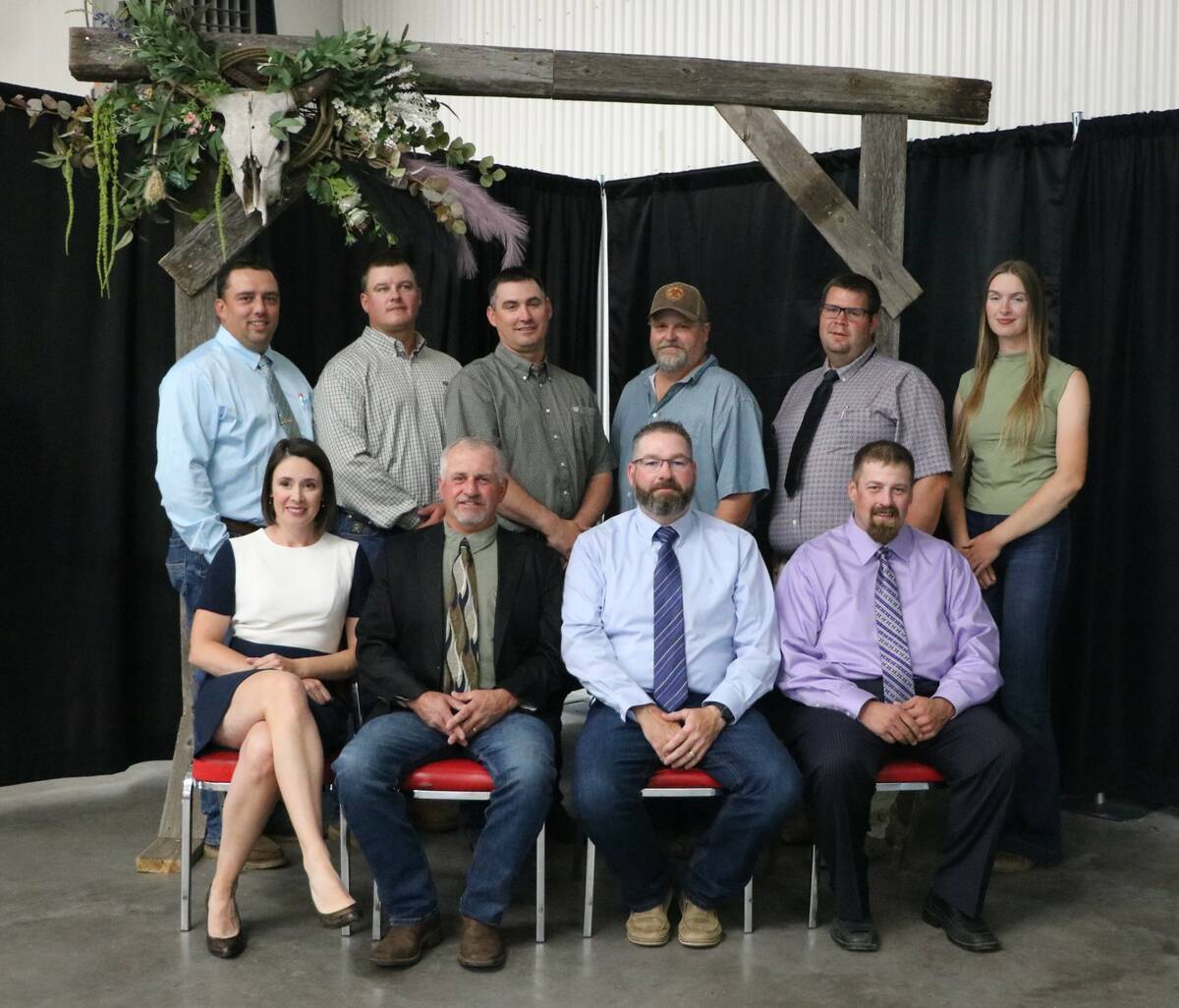
Purely Purebred: Outstanding Young Angus Breeder, Junior Limousin Herd Building Incentiver winners and more
News from Canada’s purebred beef industry, including show results, board election results, research and more
Dinsmore admits when he first heard about Labrador, the mainland portion of Newfoundland and Labrador, he had to look it up on a map. Labrador is commonly referred to as “the Big Land” for its untouched wilderness. It is isolated, even by rural farming standards.
“Labrador is a remote place, and our geography naturally bars us off from the rest of Canada,” says Dinsmore. “There is only one road in and out of this part of the province, and it’s where all of our food comes from.”
The drive from Nova Scotia to Goose Bay takes more than 25 hours. Dinsmore transported his first three cows and nine calves in a 26-foot trailer. It was a gruelling drive through a primarily isolated land — a trip that he wouldn’t want to repeat. Today, he has 23 head of cattle, Highland and Angus.
For Dinsmore, the push for an abattoir is a push for food security in a region that has few options for locally produced food. An abattoir, vegetable processing and vegetable storage are basic foundations that would go a long way in supporting a local food economy.
“With an abattoir, farmers will be able to produce their own livestock and sell their own meats. And with livestock, we could produce manure — a hugely valuable resource for farmers because the cost of bringing granular fertilizer to Labrador is exorbitant,” says Dinsmore.
He says he has heard from local farmers who say they would be interested in raising beef or pork or lamb — even chicken and duck — if they had an abattoir nearby.
“All we need is infrastructure to kick-start an agricultural industry,” he says.
Forage farming
There is no feed store and no place to restock common farm supplies. The closest veterinarian flies up from Newfoundland once a year.
“We have had to bring feed in, but that’s quickly changing,” says Dinsmore. “Highlands take more time to mature, and that was a bit of grace for us in the beginning.”

Another grace, Dinsmore says, is the availability of Crown land for agricultural lease. He has 45 acres of forage in production, and in 2023 he fenced 25 acres for pasture. He plans to cut hay on a neighbour’s property in 2024, and he has applied to lease another 900 acres.
“I’m sure (the government) is wondering why in the world I need so much land, but if they only understood how long it takes to develop farmland up here,” Dinsmore says.
He estimates it will take at least two or three growing seasons to get a good stand of hay on new ground. Recent experience with soil amendment trials using peat and cow manure proved successful, with the grass returning the following year. The land beside the trial plot is still bare sand.
“It goes to show the better preparation you put into this groundwork, the greater your returns,” he says. “Next summer I hope for more rotational grazing, and I’m working toward feeding my herd for three or four months on pasture.”
Abattoir progress
Currently, Dinsmore’s only option for processing his livestock is a 12-hour journey by road and ferry, to the island of Newfoundland. It’s a difficult trip he doesn’t plan to make, but it means that five years in, he still can’t sell beef.
“We’ve been paying for the growth of our herd for five years without any return,” Dinsmore says. “I think as farmers, especially farmers in a small community, we think, ‘Let’s just keep working as hard as possible and it will get better.’ But the cost of production is just too high. Someday, we want to be competitive, and lower food prices, but we can’t do that without infrastructure.”

Dinsmore had some luck with an Angus-cross bull calf born on the farm a couple of years ago, and he hopes to breed him in 2024. Eventually, he hopes to build up to 80 head in his livestock facility, a number he acknowledges is small in relation to larger regions.
“We’ve found Angus-cross grow twice as fast as Highlands and twice as big, and they are mild-tempered,” Dinsmore says. “I’d like to see if we can get some more genetics in the short term.”
Before bringing his cows in, Dinsmore worked in the meat department at a local grocery store, as a wrapper and then a meat cutter. It was a valuable experience, which Dinsmore believed would set him up to someday own an abattoir. In 2022, he began the environmental assessment process for an abattoir.
“Now we have all of the government approvals in place. The only thing I would still need is a license to operate, and we certainly would love financial support from the government to build a small abattoir,” says Dinsmore.
In spring 2024, Dinsmore plans to scrape back the snow and build a small abattoir on his own.
“Our market research has shown that people want locally grown meats and we want to help them get there,” says Dinsmore. “I believe this project will be a catalyst for agricultural growth in Labrador.”
Opportunity in the North
There’s a new generation of local farmers who are hoping to restart their local agricultural association, an organization that died out six years ago. Dinsmore isn’t the only person who sees potential in Goose Bay.
“With the climate changing, and the North warming up, there’s a lot of land becoming available that previously wasn’t very useful for agricultural purposes,” says Dinsmore. “If Canada is going to have an impact on contributing food to the world, we need to farm more of the North.”
He says farming has taught him to be patient. There’s a lot of waiting. He can wait a little longer. It helps to keep his focus on the possibilities.
“I always try to be positive and remember we’re doing something that has never been done,” Dinsmore says. “When we start developing infrastructure, it will mean food security and jobs. It will be an opportunity to be good stewards of what has been given to us here. It just takes a lot of patience.” c
– Lisa McLean is a writer and issues management professional who has worked with agricultural groups for more than 15 years. She lives in Guelph, Ontario. You can find her on Twitter @lisammclean.

